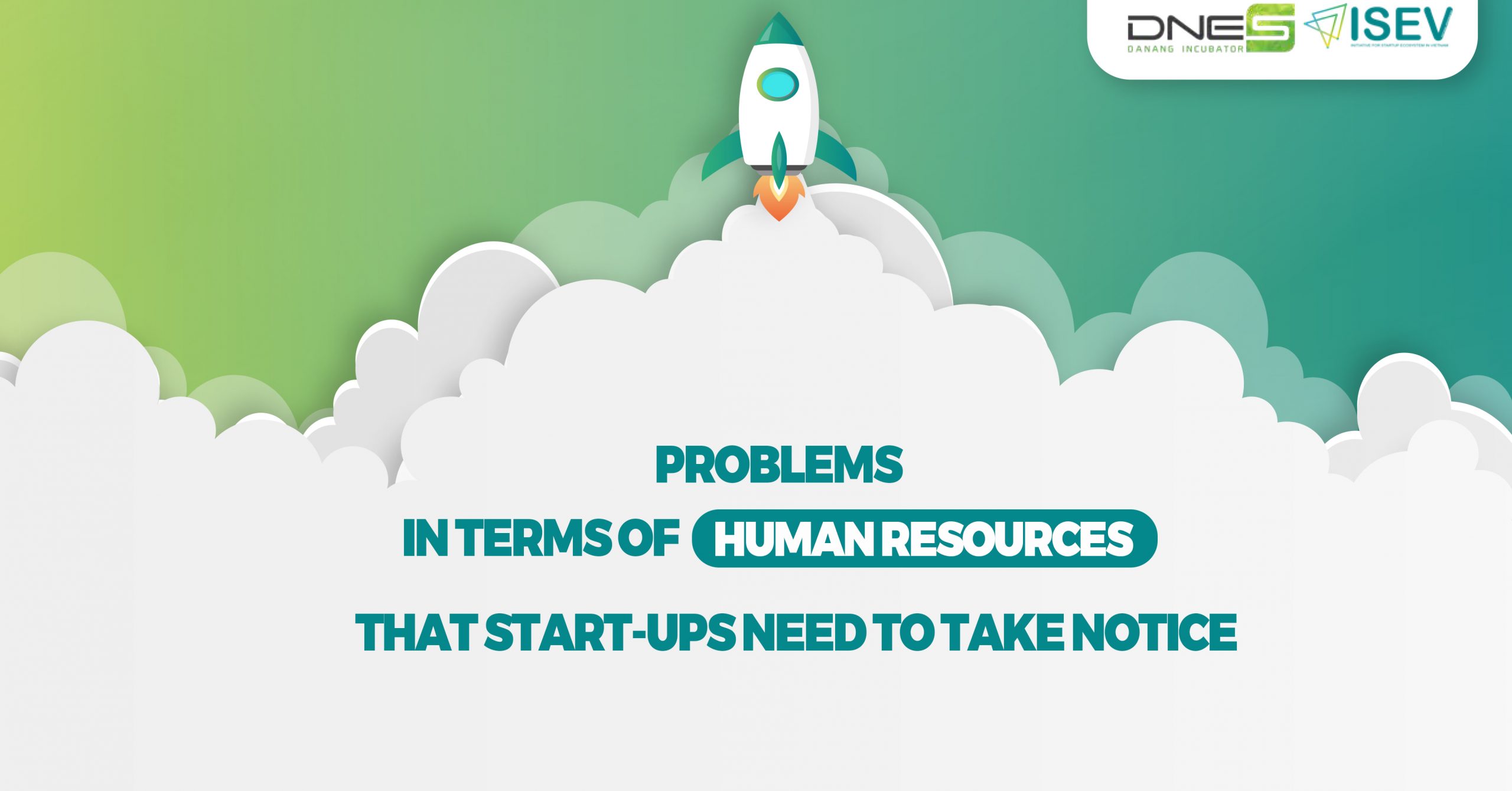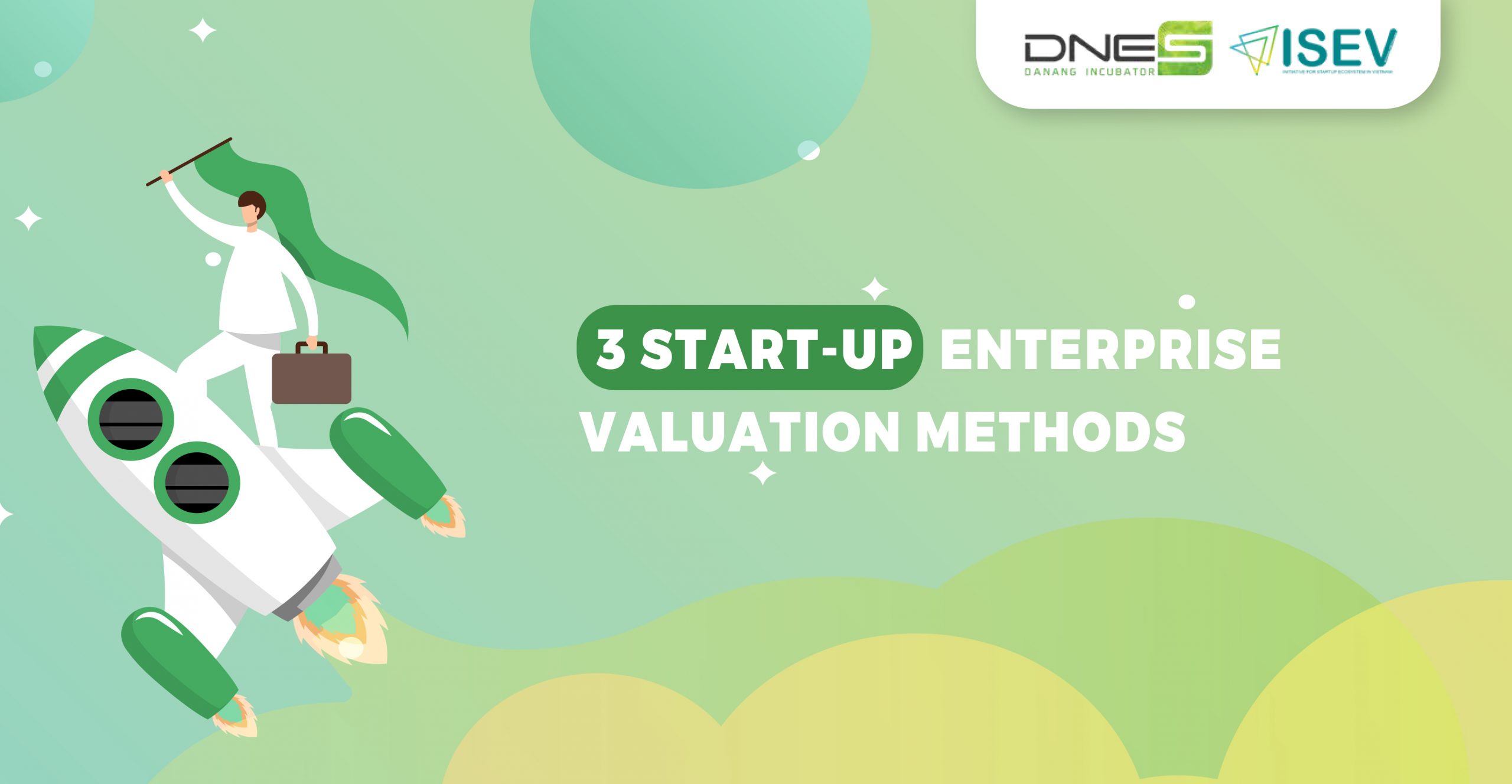LOOKING FOR AND EVALUATING START-UP IDEAS
Finding an idea is considered to be the first step of a start-up plan. Nevertheless, as a venture investor Christopher Sacca used to share: “Idea is mediocre yet implementation is all". Similarly, results of CB Insights through “examining" 101 failed start-ups show up to 42% start-ups failed owing to the fact their ideas were not those needed by the market. According to statistics tracking nearly 100 participat, there are only 17,5% start-ups which could survive after 2 years. Successful projects at the moment have changed business models or even the original ideas and solutions. At first glance, the idea is important to start a business, but it is not all. What is necessary is to find a suitable idea, evaluate the market demand and realize that idea through specific and decisive strategies and actions.
I. Look for a start-up idea:
Ideas can originate from various sources: from an individual or social key problems. There is always a fact that: Society is constantly fluctuating and changing, which is synonymous with the fact the market will instantly appear new needs or develop niche markets. Therefore, we completely look for ideas through experience, observation, evaluation of unsafe, inconvenient or illegal issues in life
II. Evaluate a start-up idea:
Once you have found a startup idea, evaluating the idea will be the next important step in examining its growth prospects. Here are 4 steps to evaluate ideas suggested by experts of Danang Business Incubator, with always identifying the "problem" as the central factor.
Step 1: Focus on jotting problems down
You have to really seriously sit down and write about the problem you are trying to solve through the formula (5W1H) – What, Who, Where, When, How and Why. Writing down the problems will help entrepreneurs think about competitive advantages, business financial capabilities as well as the value that the solution brings to the market and to society. From there, there will be flexibly changing ideas to suit the problems customers are facing.
Step 2: Identify the first potential customers to talk to about their problem
One of the most common mistakes entrepreneurs make is not clearly defining their target audience. According to the experience of the Incubators, at the beginning, entrepreneurs need to identify and approach the target customer to understand their problem. This is also a way to verify the hypothesis you made in step 1. At this step you will still persist with the customer's problem. Do not talk about the idea, solution or product you will build to introduce to customers, this is not the step to convince customers to buy the product. Many startups and even DNES projects that have been implemented have forgotten this step and have to pay a high price, suffering a lot of loss of resources.
In this step, you need to find answers to the questions:
-
Do they really consider it an important issue and prioritize it?
-
Are they using a different solution to the problem?
-
Are they satisfied with the present or willing to test a better solution, saving time, cost, and convenience?
-
Do they know who or what names in the market are offering similar solutions?
-
Are there many people having the same problem as them?
Step 3: Evaluate ideas and solutions
After you've written down the problem and talked to the customer about their problem, you'll probably want to start working on solutions to solve the customer's problem. Stay calm, because now is the time when you have the most information to objectively evaluate your ideas and solutions. In this section, you can use a number of tools and methods to evaluate, for example, a 2×2 matrix. The matrix consists of 2 axes, the horizontal and the vertical: the vertical axis includes important and unimportant, and the horizontal axis are the factors you choose (Easy-Difficult, Expensive-Cheap, Resource-consuming- Few resources, Unique-not unique, Do-it-right-Can't do, Easy-sell-Hard-sell, possibility feasible-not feasible, low impact – high impact). From there, you will evaluate and select easily to choose solutions that both really solve customer problems and match the criteria you are interested in.
The information and needs of the market are constantly changing. Therefore, social networking sites, newspapers, databases or even opinions from experts will become powerful tools. Those are the means to help you keep up to date with what is happening in the market, calculate the potential in the market whether it is big enough, attractive enough for business breakthrough and long-term.
The CEO of one of the leading delivery applications in Vietnam shared with the Incubator about the formula for assessing market demand. After step 1 of researching and analyzing the problem, he came up with the idea of Uber for the Logistic industry. Then, he researched related companies, seeing how the model works in countries like China and Indonesia to make an assessment in the Vietnamese market on two issues:
-
Existing competitors in the industry are in Vietnam.
-
Macro indicators to further analyze how big the Vietnamese market is.
* Note: These steps can be repeated orderly or randomly throughout the journey from an idea to a start-up project.
Further watch a video below to better understand steps of looking for and evaluating start-ups.
Author: Nguyen Thi Phuong Nhi




